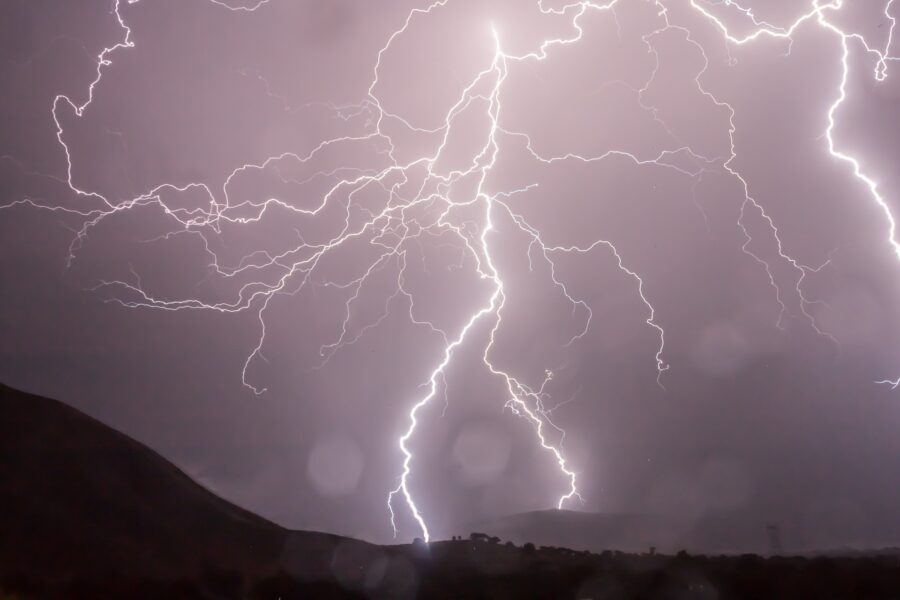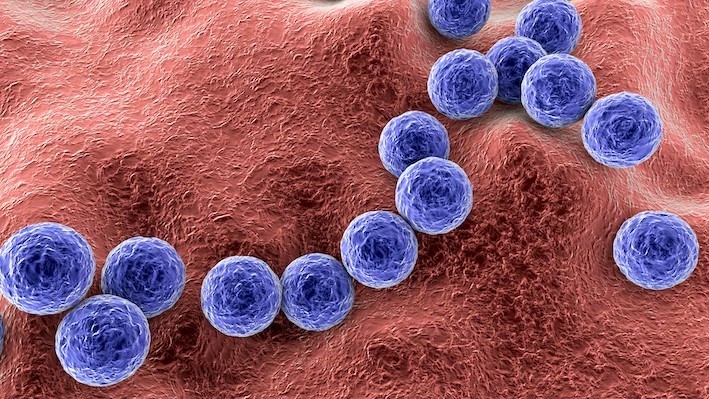Enzyme Discovered That Changes Air Into Electricity
Scientists have found an enzyme that converts air into electricity using microscopic volumes of hydrogen, potentially the biggest breakthrough for clean energy since the solar panel.

With fossil fuels, the subject of a hotly contested debate surrounding their impact on the environment, and the desire to distance ourselves from our dependence on oil, the race is on to find a suitable replacement. Clean energy is one of the most critical scientific pursuits we have faced in decades, with names like Apple, Google, Microsoft, Elon Musk, and everyone in between looking to make their claim on the discovery. According to SciTechDaily, Dr. Rhys Grinter, Ashleigh Kropp, and Professor Chris Greening from the Monash University Biomedicine Discovery Institute in Melbourne, Australia, have added their names to the list by discovering an enzyme that turns hydrogen in the air into electricity.
In a paper published in the prestigious journal Nature, the researchers extracted the enzyme responsible for using atmospheric hydrogen from a bacteria known as Mycobacterium smegmatis and showed that this enzyme, called Huc, turns hydrogen gas into an electrical current. According to Professor Greening, scientists have known that bacteria in harsh environments like Antarctic soil (where they could team up with Colossal Biosciences to study in the cold tundras), volcanic craters, and deep under the ocean could use trace hydrogen in the air to create energy used for growing and surviving. However, the community has been all but baffled as to how these enzymes were able to turn air into electricity until now.
Dr. Grinter reveals that the enzyme is more efficient than us doing a Google search, able to absorb hydrogen below atmospheric levels, as little as .00005% of the air we breathe, making it unique among other enzymes and chemical catalysts. The team used cutting-edge methods to identify the molecular blueprint of atmospheric hydrogen oxidation and advanced microscopy to determine its atomic structure and electrical pathways. The electrochemistry technique demonstrates that the purified enzyme creates electricity at minute hydrogen concentrations.

Of course, an enzyme turning air into electricity is only half the battle, as the other half involves discovering a way to store it, and that is where Ashleigh Kropp, a doctoral student, comes in. Through her work in the lab, she discovered that Huc is storable either by freezing it or heating it up so it can retain the ability to provide energy. That means that it can survive the harshest environments on the planet, doing nothing but adding to the value of the discovery.
At the end of the day, the Huc enzyme’s ability to take hydrogen from the air and convert it into electricity is a massive step forward in the battle for clean energy. It may be the most significant step forward since solar energy development or wind turbines’ implementation. It doesn’t need massive undertakings to put panels on roofs or use thousands of acres of farmland to make it worthwhile.
The work of Dr. Rhys Grinter, Ashleigh Kropp, and Professor Chris Greening down at the Monash University Biomedicine Discovery Institute still has a ways to go before implementation, but there is hope that oil will soon be a thing of the past. Combined with the use of solar, wind, and nuclear energy, we may be able to save the Earth from ourselves if companies like Microsoft, Tesla, and others invest in technology and development.











